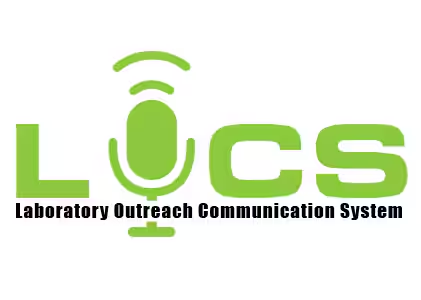About
- Level: Laboratory Update
- Audience: Clinical Laboratory Professionals

Overview
Recently, the U.S. Centers for Disease Control and Prevention (CDC) published updated webpages and guidance about working with specimens from patients suspected of having a viral hemorrhagic fever (VHF).
This guidance applies to VHFs caused by infections with filoviruses (orthoebolavirus and orthomarburgviruses), arenaviruses (Lassa, Lujo, Guanarito virus, Sabia virus, Junin virus, Chapare virus, and Machupo virus), Rift Valley fever virus, and Crimean Congo hemorrhagic fever virus. The guidance also applies to other high-consequence diseases, such as Nipah virus disease, that require a specialized laboratory, are highly pathogenic, and have no vaccine or treatment currently available. For more information, please review these web pages in detail.
- Guidance on performing routine diagnostic testing for patients with suspected VHFs or other high-consequence disease
Learn how routine laboratory and diagnostic testing for other potential causes of illness can be safely and effectively pursued while testing for a VHF or other high-consequence disease is underway by following Standard Precautions for All Patient Care and the Bloodborne Pathogens Standard, which have shown to effectively prevent laboratory-acquired illnesses from bloodborne pathogens, such as VHFs and other high-consequence diseases.
- VHF specimen collection
Learn how to safely collect specimens to test for VHFs or other high-consequence diseases, including a thorough screening by healthcare providers and notification of the state and local health department prior to collection.
- VHF specimen packaging and shipping
Learn how to correctly pack, ship, and submit specimens for VHF and other high consequence disease testing at CDC. Most VHFs or other high-consequence diseases are Department of Transportation (DOT)-classified as Category A infectious substances and specimens from patients with a presumptive or suspected VHF or other high-consequence disease should also be packaged and shipped as Category A infectious substances.
We encourage you to share this message widely with your network(s).
Receive updates from CDC
Resources
- About Viral Hemorrhagic Fevers | CDC
- Guidance on Performing Routine Diagnostic Testing for Patients with Suspected VHFs or Other High-Consequence Disease | Viral Hemorrhagic Fevers (VHFs) | CDC
- VHF Specimen Collection | Viral Hemorrhagic Fevers (VHFs) | CDC
- VHF Clinical Specimen Packaging and Shipping | Viral Hemorrhagic Fevers (VHFs) | CDC
Contact us
Please use the information below if you have any questions.
- If you are a clinical or public health laboratory professional, contact LOCS.
- For media inquiries, contact the CDC Newsroom.
- For all other questions, contact CDC-INFO.
Thank you,
The Laboratory Outreach Communication System
Laboratory Outreach Communication System (LOCS) | Division of Laboratory Systems (DLS)
Center for Laboratory Systems and Response (CLSR)
Centers for Disease Control and Prevention (CDC)
